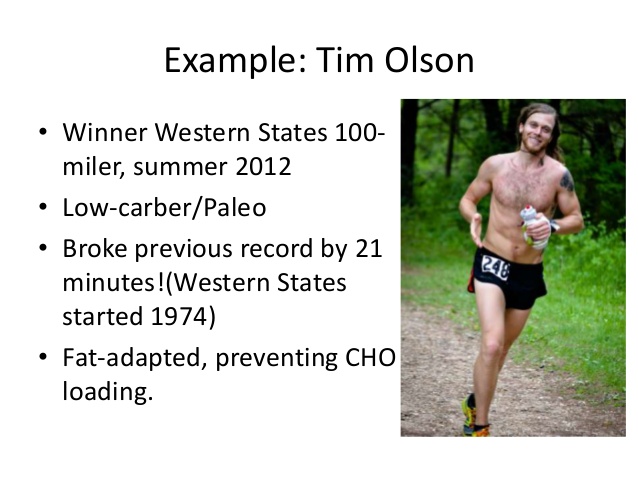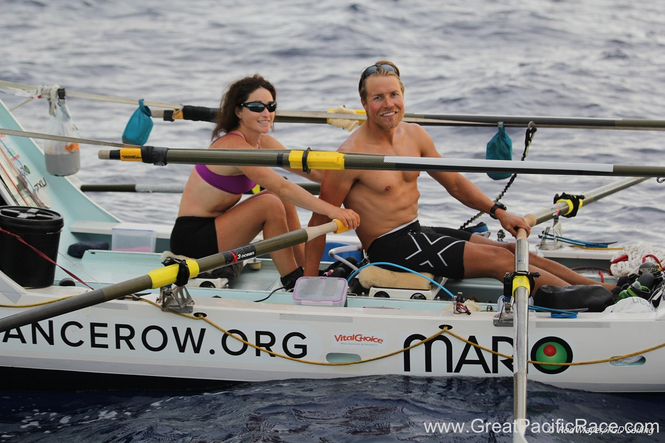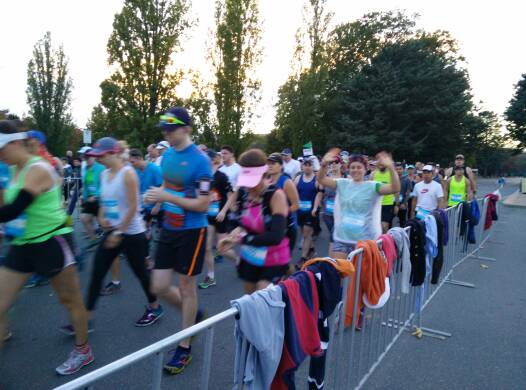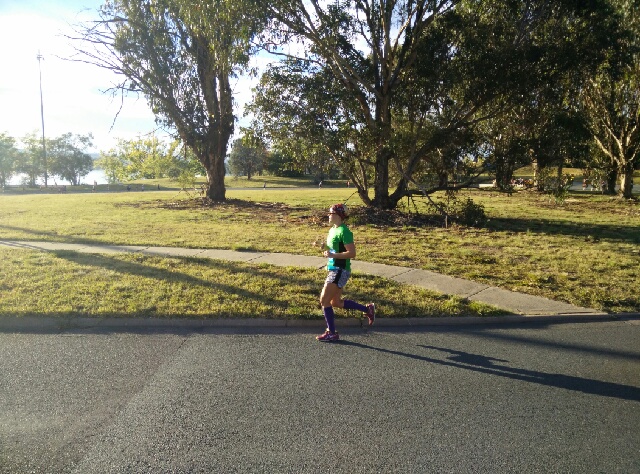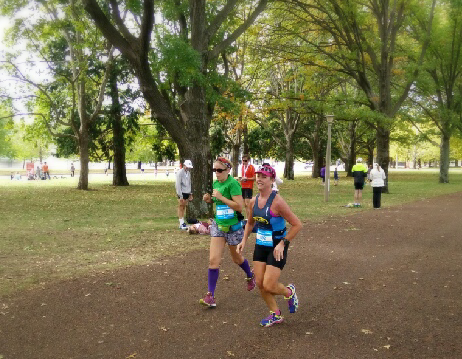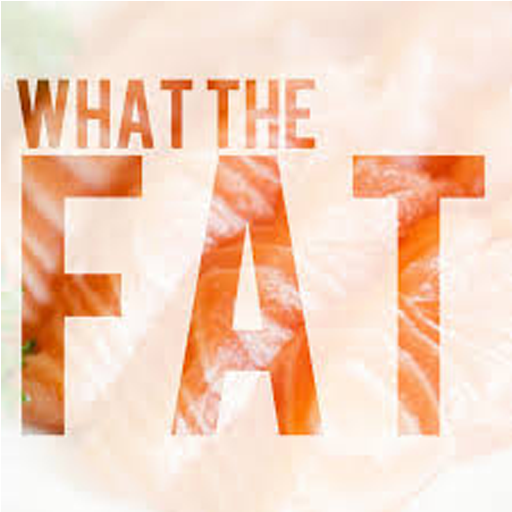(Article 1 in a 3 part series examining the link between gut integrity and overall health)
Health is a journey and we all choose our own path. Whichever path that may be, the importance of good nutrition and a balanced lifestyle should always be considered, but unfortunately it’s often overlooked. Today, I talk to Jess Rath, Mother of 4 boys, teacher, fitness lover and blogger and I share her family’s journey with you to highlight just how effective nutritional intervention can be.
Prior to 2011, Jess’s family were like most other Australian families. Their diet typically consisted of toast, jam, cereal and milk for breakfast, sandwiches for lunch, muesli bars and other convenient snacks to fill the gaps plus quick and simple meals for dinner. There were 3 children, a fourth on the way and Jess’s oldest son Brayden was 15 at this time. When Brayden was 6 years-old, he had suffered from hives; a common skin condition involving a rash that can itch and burn. He had grown out of it, but out of the blue, the hives reappeared suddenly with a vengeance on a daily basis. Even worst, every 3rd or 4th day the hives were accompanied by severe swelling particularly around Brayden’s mouth and hands. This in turn affected his breathing and the family found themselves in hospital for treatment up to two times per week. Medical professionals insisted that Brayden’s condition was Anaphylaxis but allergists confirmed Brayden was not allergic to anything. Eventually, via skin biopsy Brayden was diagnosed with Urticarial Vasculitis, an autoimmune condition characterised by inflamed blood vessels and usually idiopathic in nature (no known cause). The recommended treatment was long term, low dose steroid use and because neither Jess nor Brayden were keen on this, Jess was determined to try other treatment options first.
With a young baby only a few months old and 3 other children to look after Jess bravely took on overhauling the family’s diet. The first literature Jess came across was the Paleo Autoimmune Protocol (AIP); quite a change for the family at the time. Based on this, Jess started by eliminating gluten and most conventional dairy and also installed a chemical maze app onto the 3 older boys’ mobile phones. This enabled the boys to take responsibility for their own nutrition when they were away from the family home and they were not to eat anything within the ‘red zone.’ Within a month, Brayden’s hives appeared every 3rd of 4th day (instead of daily) and the swelling was no longer an issue. Within 6 months, the rash was appearing on a weekly basis only. 8 months after removing most processed foods, gluten and dairy the hives made an appearance only once every 4 weeks. Now, 4 years on, Brayden is 18, living out of home, but still following the same nutritional guidelines and has had 2 cases of hives in the last 12 months.
But the family’s journey doesn’t end there. At Christmas time 2013, Jess and Paul’s youngest son William had just turned 2 and Jess began noting some unusual behaviours. William had become very sensitive to noise and wasn’t maintaining eye contact even with family members. He had started withdrawing from social situations with other children and reacting strongly to mild situations. Jess is a school teacher and had been around children diagnosed with Autism before and she was concerned by William’s traits. After various observations by professionals including a paediatrician and an occupational therapist, William was diagnosed with Autism; he was 3 at the time.
Having had success with nutritional changes in the past, this was once again where the family started. Jess stumbled across the GAPS* diet and took on some of these principles, with a view to treat William from the inside out. Bone broths for gut healing become a daily component of the diet and grains were eliminated. Jess taught herself to cook with alternative sweeteners and flours and ensured that William had his own snacks and ‘treats’ at birthday parties and other celebrations.
Prior to these specific nutritional interventions, William was having meltdowns 3 to 4 times per day and each was lasting in excess of 45 minutes. Within a month, meltdowns were a once daily occurrence, lasting 10 to 30 minutes. These episodes reduced in severity and William was able to take himself to his own bedroom, calm down and come back to re-join the family.
With access to early intervention support, other therapies including Occupational Therapy and Speech Pathology were introduced a couple of months after diagnosis. In addition, the family found a Chiropractor that also incorporated applied Kinesiology and acupuncture and this practitioner had experience treating kids with Autism. 18 months’ on, William is able to interact socially with other children and maintain eye contact well and he will be going into a mainstream school. His learning does not appear to have been hindered. William does take some specific nutritional supplements as well; these will be discussed in a follow up article.
As a Nutritionist I would like to stress the following about Jess’s story. Firstly, it is not unique – nutritional intervention as well as other allied health support is far more powerful than many people may think. Particularly when children are involved; please consider the size of their little bodies and the vulnerability of their systems – what we put inside their bodies is of upmost importance and lays the foundation for future health. Secondly, Jess worked with a team of professionals over a period of time to establish a path to long term sustainable health and wellness for her family –this was not an overnight success story and furthermore it was a collaboration of expertise from conventional medical professionals and allied health support. Thirdly, this story deserves both respect and gratitude; Jess chooses to share about private aspects of her family in the hope of benefiting others. Finally, I will add that this is not individual health advice and it does not replace the guidance of your primary care physician. If you are interested in exploring nutritional support or allied health services, a professional in any of these fields will work in with your current team and your path will not be the same as Jess’s as we are all individual.
You may now be left wondering ‘why’ and ‘how’ the food we eat and even the way we choose to live our lives can have so much of an effect on our health and wellbeing. I will be writing a follow up article highlighting the science and research that supports gut healing and it’s subsequent on mood and behaviour as this is largely relevant in this situation. I will be asking a number of different professionals to contribute to that article so stay tuned for part 2.
Jess now shares her recipes, her fitness ideas and her faith over on her website here. You can also find her on Facebook. Jess believes: “in order to be completely well we must first look after our faith, we must pay attention to the food we eat, and we must move our bodies every day.” Thank you Jess for sharing your story with the world.
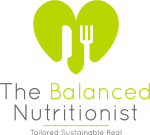
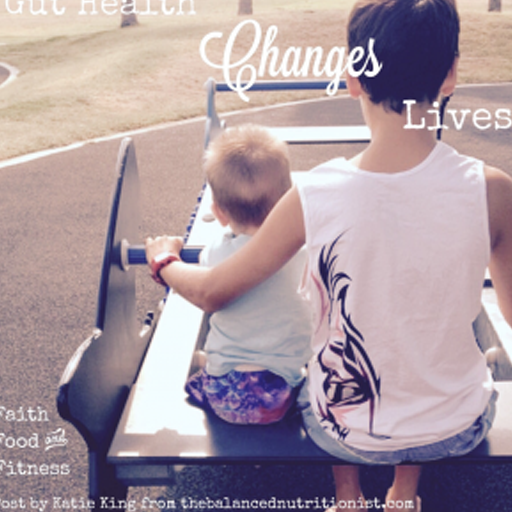
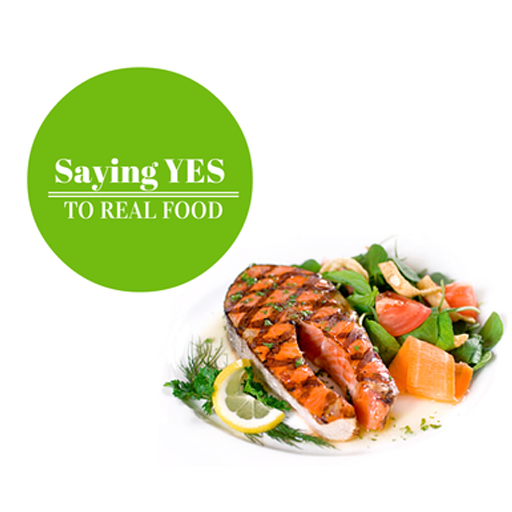
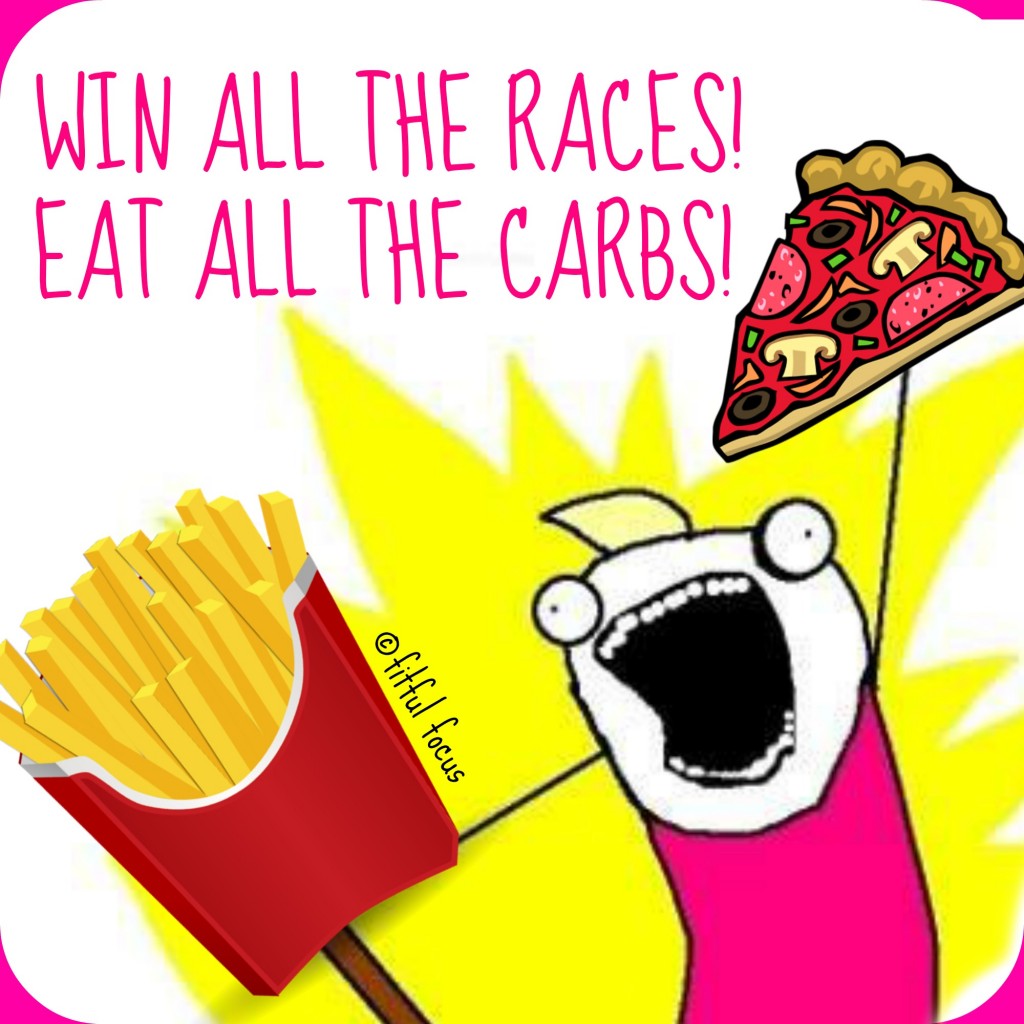
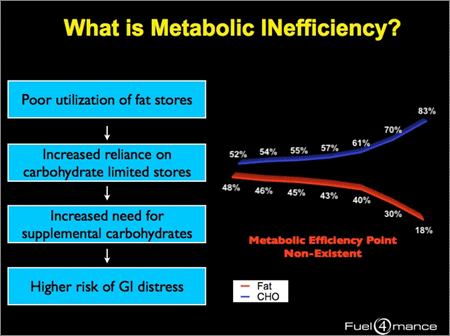 Overall, we know that running a marathon, or doing a triathlon or any type of athletic event is physically stressful – the very process causes a great deal of inflammation within the body. So why then do we turn to copious amounts of highly refined foods that further exacerbate these responses?
Overall, we know that running a marathon, or doing a triathlon or any type of athletic event is physically stressful – the very process causes a great deal of inflammation within the body. So why then do we turn to copious amounts of highly refined foods that further exacerbate these responses?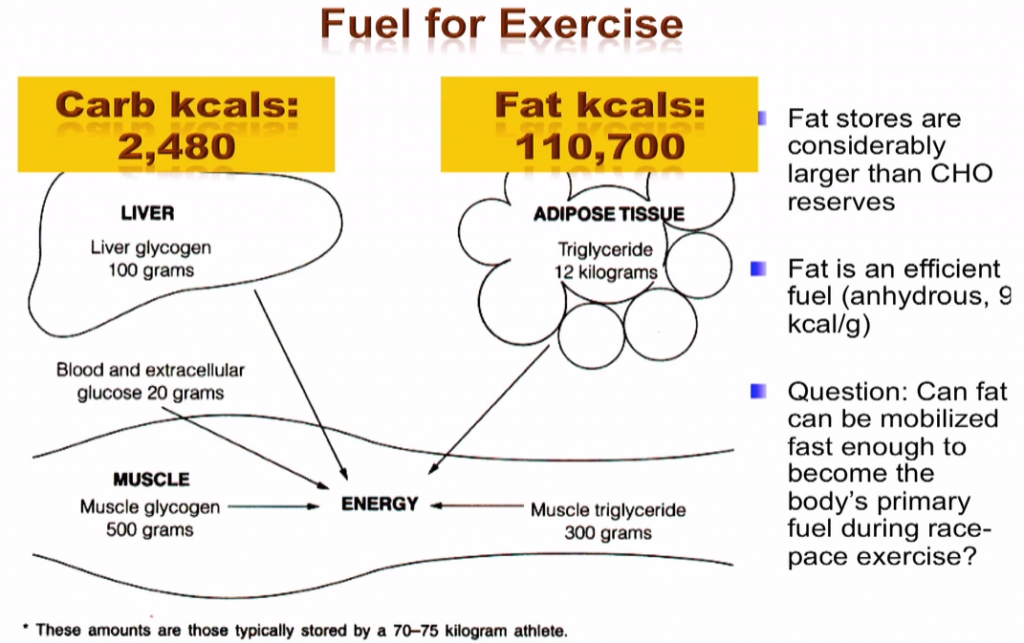 Imagine the potential for athletes who have a continuous fuel source at their disposal? There are lots of athletes out there who are experiencing the benefits; Bevan McKinnon, Sami Inkinen, Bruce Fordyce, Jon Olsen, Zach Bitter and Karyn Hoffman are some of the big names living, breathing and succeeding with this method. But I believe that it is so much more than just performance. I believe that this approach is essential for athletic longevity. It promotes the inclusion of foods in their most unrefined state, with moderate amounts of protein and nourishing anti-inflammatory fats; both of which are essential for hormones, cells and life in general. Interestingly, these ‘real’ food sources are also the richest in nutrients including vitamins, minerals, antioxidants and phytonutrients. As athletes it is absolutely imperative that we are getting an abundance of good nutrition to promote fast recovery, support our immune systems and dampen down inflammation within the body.
Imagine the potential for athletes who have a continuous fuel source at their disposal? There are lots of athletes out there who are experiencing the benefits; Bevan McKinnon, Sami Inkinen, Bruce Fordyce, Jon Olsen, Zach Bitter and Karyn Hoffman are some of the big names living, breathing and succeeding with this method. But I believe that it is so much more than just performance. I believe that this approach is essential for athletic longevity. It promotes the inclusion of foods in their most unrefined state, with moderate amounts of protein and nourishing anti-inflammatory fats; both of which are essential for hormones, cells and life in general. Interestingly, these ‘real’ food sources are also the richest in nutrients including vitamins, minerals, antioxidants and phytonutrients. As athletes it is absolutely imperative that we are getting an abundance of good nutrition to promote fast recovery, support our immune systems and dampen down inflammation within the body.